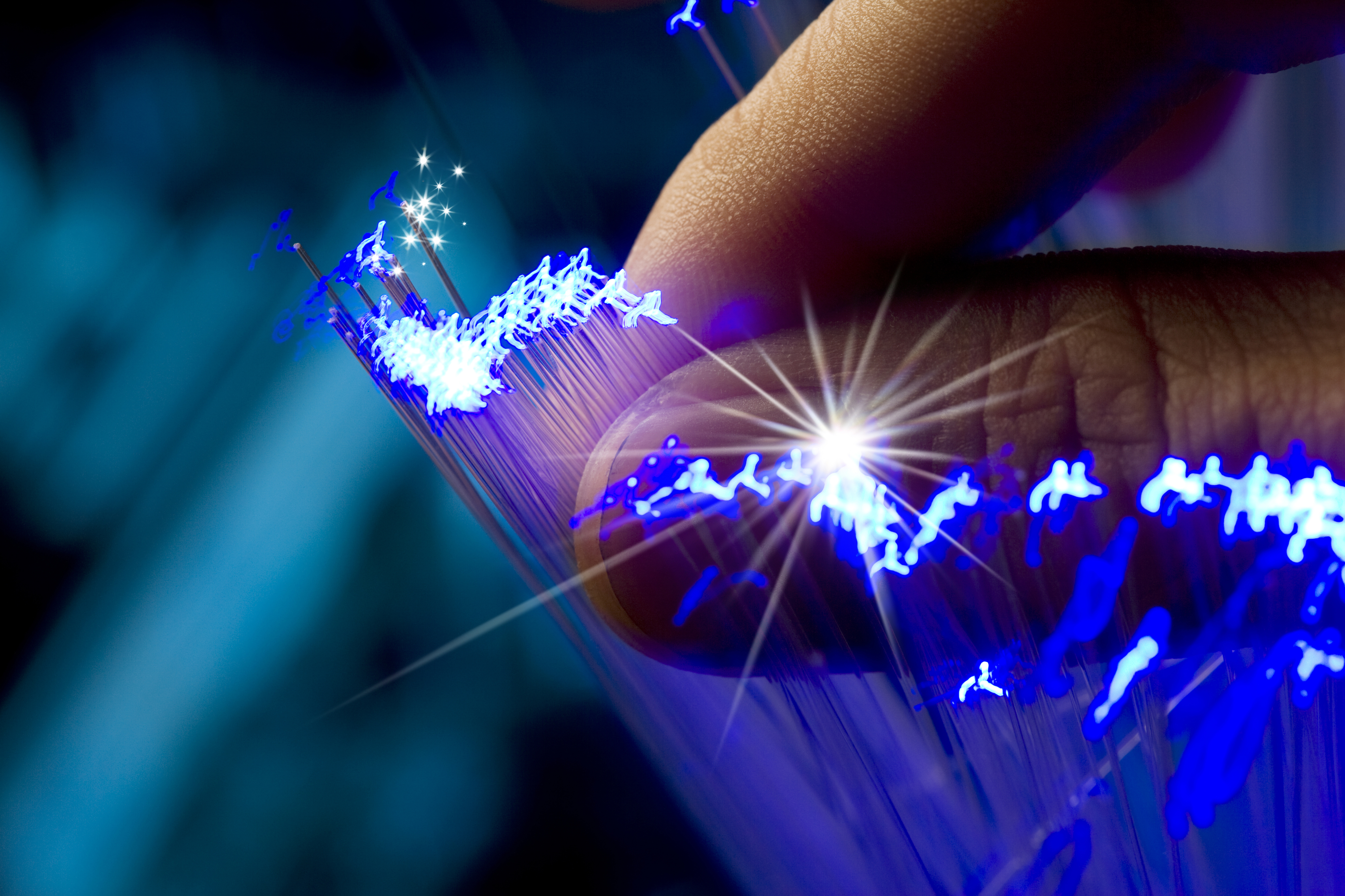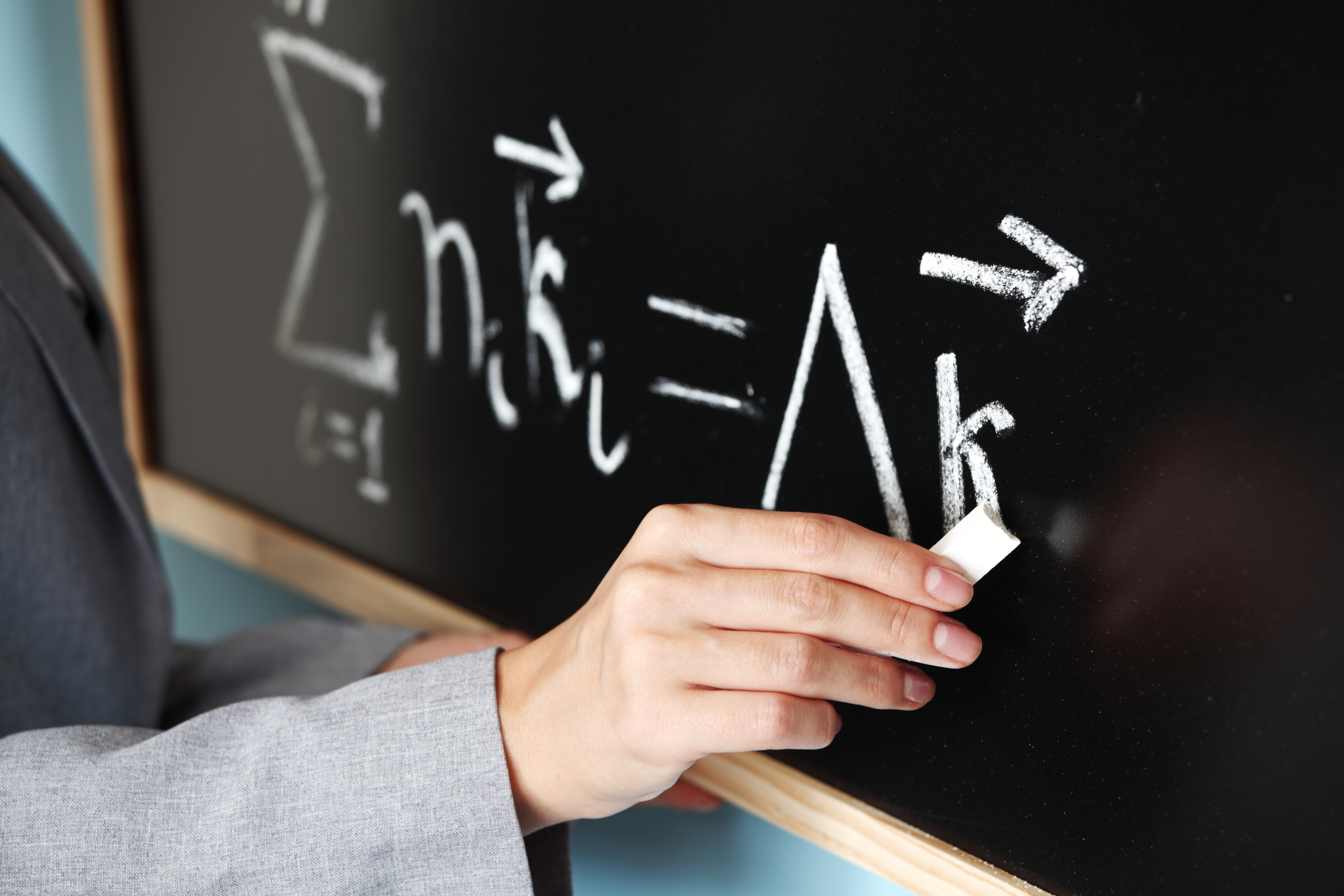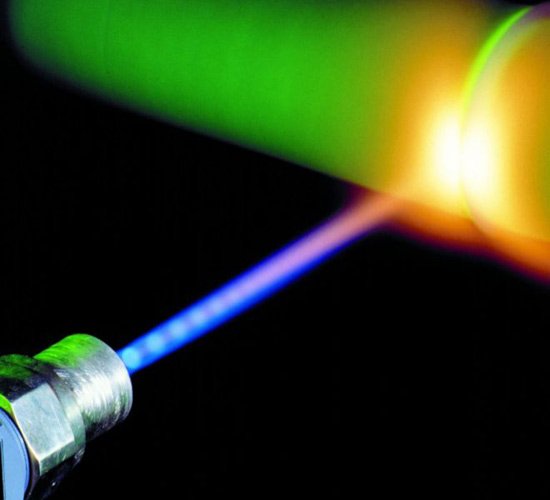Project Details

Innovation of the Project
Laser model and the simulation software
Within the project the team will create a comprehensive software for simulation of three-dimensional structures of VCSELs and PC-VCSELs. It will combine all important models of the device: optical, electric, and thermal. The main innovation will be consideration of all the interactions between various aspects of the device for complex three-dimensional structure. Currently existing programs—both commercial and home-made used by scientific centers—posses some limitations. In particular, no present software combines all the following properties. The newly create program will provide:
- fully three-dimensional optical, thermal and electrical models; each one of them can be reduced to two dimensions where geometry of the analyzed device allows it, which can reduce the computation time without the loss of the precision,
- consideration of all the inter-relations in complex structure,
- possibility of fully-vectorial analysis of different polarizations and the mutual comparison,
- procedures for optimization of the analyzed structures.
The important property of the software will be its modularity, which will allow a simple or even automatic choice of proper variants of numerical methods for each analyzed structure. This will allow to model the whole class of semiconductor lasers, both edge- and surface-emitting (however, we consider the latter more important). In addition the program will have advanced Graphical User Interface, aiding in the designing of the structure, controlling simulations and monitoring the results.
PC-VCSEL design
When the software is completed, the workforce will be focused on designing of a novel high-power single-transverse-mode stable polarization PC-VCSEL. To accomplish this aim, we will either remove higher-order modes totally or increase their optical losses up to the point where they will not excite even for high output power. Similarly, we will introduce dichroic structure, which will strongly prefer one of the polarizations. Both these effects will be achieved simultaneously with a single photonic crystal, which is a significant novelty in our approach. So far, the research works of many groups have been focused on one of the abovementioned aims. Hence, different methods were used for single-mode operation and for stable polarization of the emitted light. However, a single structure can significantly simplify the device and will help in its efficient integration with optical circuits.

Workplan
- Analysis of the current algorithms and numerical methods used in modeling of PC-VCSEL. We determine which ones can be used directly, which need to be modified, and what calculations need to be performed with totally new methods.
- Design of the main framework of the simulation program and data exchange standards between all the exchangeable modules.
- Creation of the beta version of the program with a single module for each of the models (optical, thermal and electrical).
- Verification of the numerical results through comparison with the previously published experimental data.
- Creation of the additional numerical modules in order to be able to choose the most effective approach for a particular structure.
- Creation of the graphical user interface and a system for remote calculations, which will allow to run the simulations on a supercomputer, and interact with them from a desktop PC.
- Analysis of the present PC-VCSEL structures and their applicability for providing single-mode and polarization-stable emission.
- Design of sample PC-VCSELs and analysis of their applicability for providing single-mode and polarization-stable emission.
- Optimization of the proposed lasers and final design of the most effective structure.
Press Publication
[Polish only] Aby zaprojektować najbardziej wydajne konstrukcje laserów bez konieczności tworzenia dużej liczby kosztownych prototypów, uczeni opracowują programy komputerowe pozwalające na symulację zachowania tych urządzeń. Nad programem dla laserów typu VCSEL pracuje zespół dr. inż. Macieja Demsa z Politechniki Łódzkiej.



